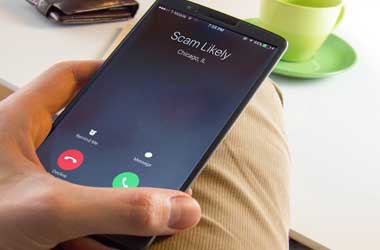 Australia’s Telecommunications Industry Ombudsman (TIO) is warning Australian consumers of the latest scam to the hit the market.
Australia’s Telecommunications Industry Ombudsman (TIO) is warning Australian consumers of the latest scam to the hit the market.
In this scam, fraudsters steal a person’s mobile number by convincing the mobile provider that they are the owner and transferring it to a new SIM card that they hold. They then use it to access private data and drain bank accounts.
The TIO issued a warning after it came to light that a number of Australians had been looted through this new scam.
In a statement, Ombudsman Judi Jones said,
Fraudsters are developing new ways to collect personal information about a consumer – accessing social media profiles, posing as telemarketers, or sending deceptive emails. They use this information to impersonate consumers, deceive mobile service providers, and steal consumer’s mobile numbers.
The TIO’s Systemic Investigation Teams have already noted that a lot of mobile service providers have a low bar for identity verification. They have been trying to address this by working with service providers. One of the products of this collaboration is the introduction of two-factor authentication.
The TIO has also released information on how it handles complaints by victims of these unauthorized SIM swaps. This should make it easier for those who have been victimized to take steps on how to resolve the issue.
What Victims Should Do
For people who have suddenly had their number disconnected or have received notification of an unauthorized SIM swap, here are some steps that they should take immediately.
First, they should contact their bank or banks to notify them that their mobile number has been stolen. They should ask for a check on their accounts for suspicious transactions and withdrawals, as well as blocking the old number from accessing the account.
The next step is to contact the mobile provider about what happened and to get the number back. Contacting IDCARE and the police should be the final steps to help recover from the identity theft and to report if any money has been stolen.
The TIO also warns consumers to take precautions to ensure that this scam will not happen to them. The most important protection method is to minimize the amount of personal info available in public. This includes full names, birth dates, and more.
Other steps to protect against these identity thieves include never responding to emails that ask for bank details or clicking on links in them. These protective measures go beyond online activities as locking letterboxes is also recommended since a lot of personal info can be gleaned from them.

 United States
United States United Kingdom
United Kingdom














